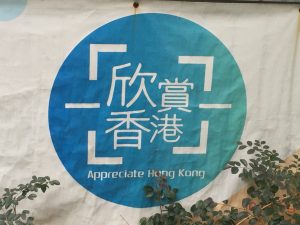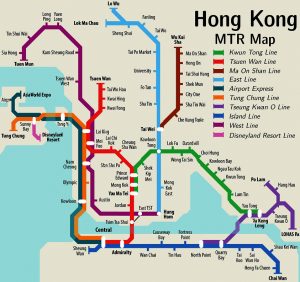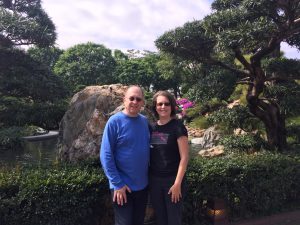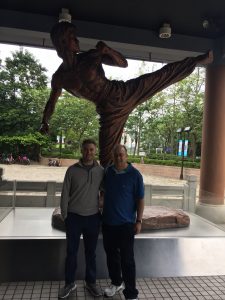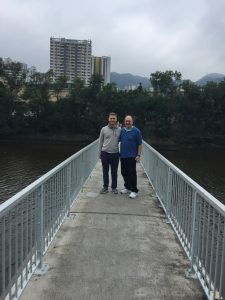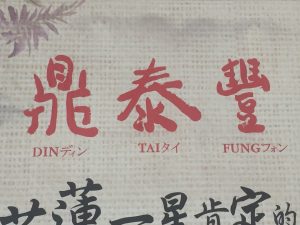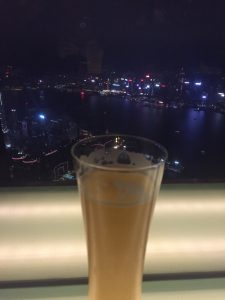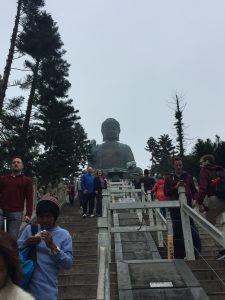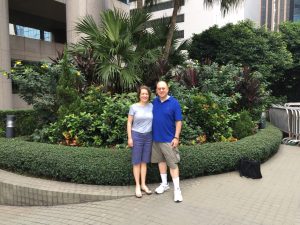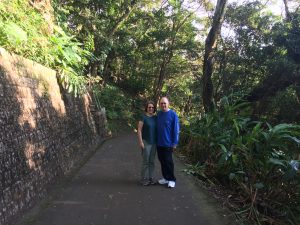Originally published on the SAP Community.
When SAP and Microsoft announced they are building integrations to Microsoft Teams across solutions many of us were inspired. With the new reality of remote and hybrid work, the importance of elevating collaboration has grown significantly.
While the advancements of this integration are impressive, it is important to deploy these solutions the right way to achieve tangible business outcomes.
Since today’s globally distributed workers are no longer confined to office buildings, the “workplace” has transformed into a digital “workspace” allowing colleagues to meet, collaborate, and connect virtually across organizational boundaries. A great user experience is a necessity versus a “nice to have.”
Christian Klein, SAP CEO and member of the Executive Board, said it best that this partnership will address, “New ways of working, collaborating and interacting to completely transform how we operate,” and bring collaboration to the next level.
Collaboration is changing rapidly. Each of us are collaborating more often, increasingly mobile, and working on a schedule that enables us to connect more virtually.
Disparate information kept in silos and organized in ad-hoc ways becomes an impediment to performance and productivity. One of the challenging things to do is to keep Microsoft Teams and SharePoint, along with the SAP portfolio, organized so that the content is valuable to users.
Thoughtful leaders step back and ensure that SAP Collaboration represents how the business works both in the short-term and going forward.
The Information Architecture Pre-Request
Each time you create a new Microsoft Teams you automatically get SharePoint with the Microsoft 365 Apps including Power App, Power BI, OneNote, and Exchange with email and calendaring.
Project teams working with SAP applications such as SAP S/4HANA Cloud, Digital Supply Chain, SAP SuccessFactors and learning communities, SAP CRM and Customer Experience, Industry 4.0 solutions and/or SAP Activate Methodology should prioritize and implement a well-planned information architecture as a pre-request for a high quality, high-performing intranet, central hub, or group.

It’s important to understand the audience and help them find what they need quickly to support them in getting their work completed efficiently. One expert once referred to it as “help the user get to where they need to go in ONE CLICK versus many clicks and endless folders to assist in completing a task.”
Putting in the time to address Information Architecture helps improve user satisfaction and adoption while reducing information overload.
Customer-Centric Enablement
In this video, “Remove Barriers for Your Sales Teams with SAP and Microsoft it shows the power of the integration,” there are many exciting front-line capabilities, but the power is in the information architecture that supports the tangible outcomes.
Could a sales, marketing, consultant, pre-sales, operations, services or other front-line worker to customers, strategic partners or suppliers have everything they need by primarily using their own individual OneDrive or SharePoint?
Clearly, they need the right resources (“assets”), at the right time for effective engagement including:
- Access – Enable secure private, enterprise, and/or external access.
- Central Hub – Deploy one location for individuals, teams, and the enterprise to find pertinent information.
- Teamwork – Allow for collaboration, chat, video conferencing, calls, meetings, and surveys.
- Content – Ensure easy to find central hub for content, information, contributions, and useful links.
- Components – Leverage multiuse calendars, planning, notebooks, and other tools and web parts.
- Collaboration – Microsoft Teams, comments, surveys, discussion treads, and news updates.
- Communications – Engagement and outreach to bring the audience to the central hub and share news, planning, announcements, updates, and access to key assets.
- Continuity – Plan that the collaboration continues versus the initial excitement and the investment in a quality set-up drop off months later.
When these items are brought together in full or part, the sum is truly greater than the parts.
Digital Transformation Realized with SAP Collaboration
Collaboration is nothing new and yet it remains a critical success factor for every organization.
Enabling workers to leverage and build upon the work of others is a fundamental principle. When team members work in a silo, they reduce productivity and have a higher probability of duplicating efforts.
With SAP Collaboration, Microsoft Teams and SharePoint the goal is to…
- Help elevate workers to take advantage of modern platforms and digital transformation environments
- Increase high quality teamwork, cooperation, and communications
- Impact the value, growth, revenues, services, and outcomes with a focus on exceeding customer satisfaction.
Working together, people feel more connected to their work and their organization.
With these integration capabilities in place, combined with a well-deployed information architecture, users will always have access to the right content at the right time, to find what they are looking for more quickly and consistently, and support their business requirements.





 Designing an intuitive user experience will increase efficiencies and generate higher value by enabling site visitors to quickly navigate the interface and find essential information, therefore optimizing businesses processes.At the same time, the interface must maintain the organization’s brand and messaging throughout the experience.
Designing an intuitive user experience will increase efficiencies and generate higher value by enabling site visitors to quickly navigate the interface and find essential information, therefore optimizing businesses processes.At the same time, the interface must maintain the organization’s brand and messaging throughout the experience.
 pressures. Advancements in technology and innovation.
pressures. Advancements in technology and innovation. to provide clear value which is highly visible with
to provide clear value which is highly visible with  the best results?”
the best results?” Extending SAP Work Zone to Google Analytics is like “turning the lights on” to help identify audience behavior, understand the engagement with content, and make better business decisions.
Extending SAP Work Zone to Google Analytics is like “turning the lights on” to help identify audience behavior, understand the engagement with content, and make better business decisions. Real Time Custom Reports – Addressing visitors’ locations, traffic sources, content
Real Time Custom Reports – Addressing visitors’ locations, traffic sources, content Improving communications (i.e. focusing on outreach & awareness)
Improving communications (i.e. focusing on outreach & awareness) CEOs and their boards, leaders, as well as company innovators and experts, know that in order to achieve short- and long-term financial returns a solid enterprise learning strategy is a must.
CEOs and their boards, leaders, as well as company innovators and experts, know that in order to achieve short- and long-term financial returns a solid enterprise learning strategy is a must.
 Employees and contractors.
Employees and contractors. By way of DLW portals, intranets, home pages, and groups, each must look exceptional, have accurate, approved, and maintained content, and represent the highest-level user experience for the sake of the respective audience.
By way of DLW portals, intranets, home pages, and groups, each must look exceptional, have accurate, approved, and maintained content, and represent the highest-level user experience for the sake of the respective audience. Do they represent “formal” and “less formal,” complimentary learning as one system?
Do they represent “formal” and “less formal,” complimentary learning as one system?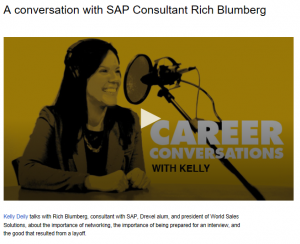
 In an Aberdeen Report, “
In an Aberdeen Report, “
 An organization’s Chief People &/or Talent Officer and their team play a big role as internal consultants within the organization to step back and assess if prehires, new hires, and cross-team hires are getting the best experience and optimizing their productivity?
An organization’s Chief People &/or Talent Officer and their team play a big role as internal consultants within the organization to step back and assess if prehires, new hires, and cross-team hires are getting the best experience and optimizing their productivity? With digital transformation new employees expect social onboarding tools to facilitate their new hire experience. For recent graduates (“Next-Gen”) who have grown up with cell phones and social media it’s important for a business to put it’s best foot forward in the hiring process using modern tools and capabilities.
With digital transformation new employees expect social onboarding tools to facilitate their new hire experience. For recent graduates (“Next-Gen”) who have grown up with cell phones and social media it’s important for a business to put it’s best foot forward in the hiring process using modern tools and capabilities.

